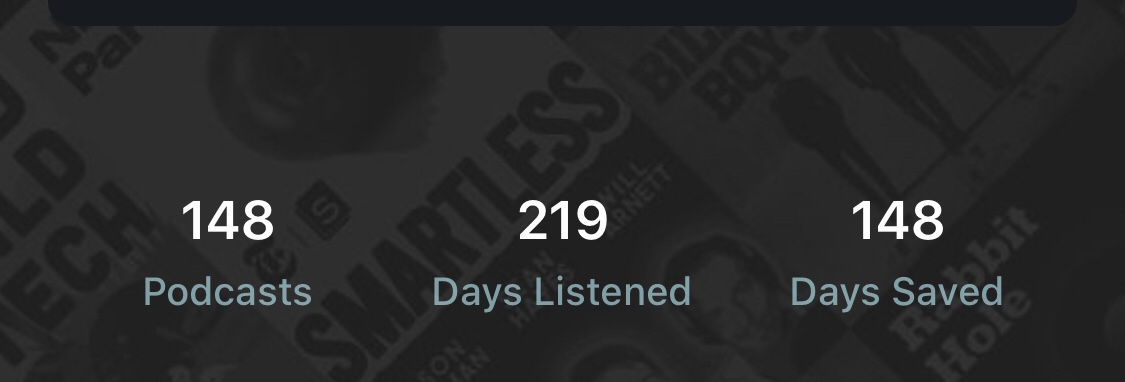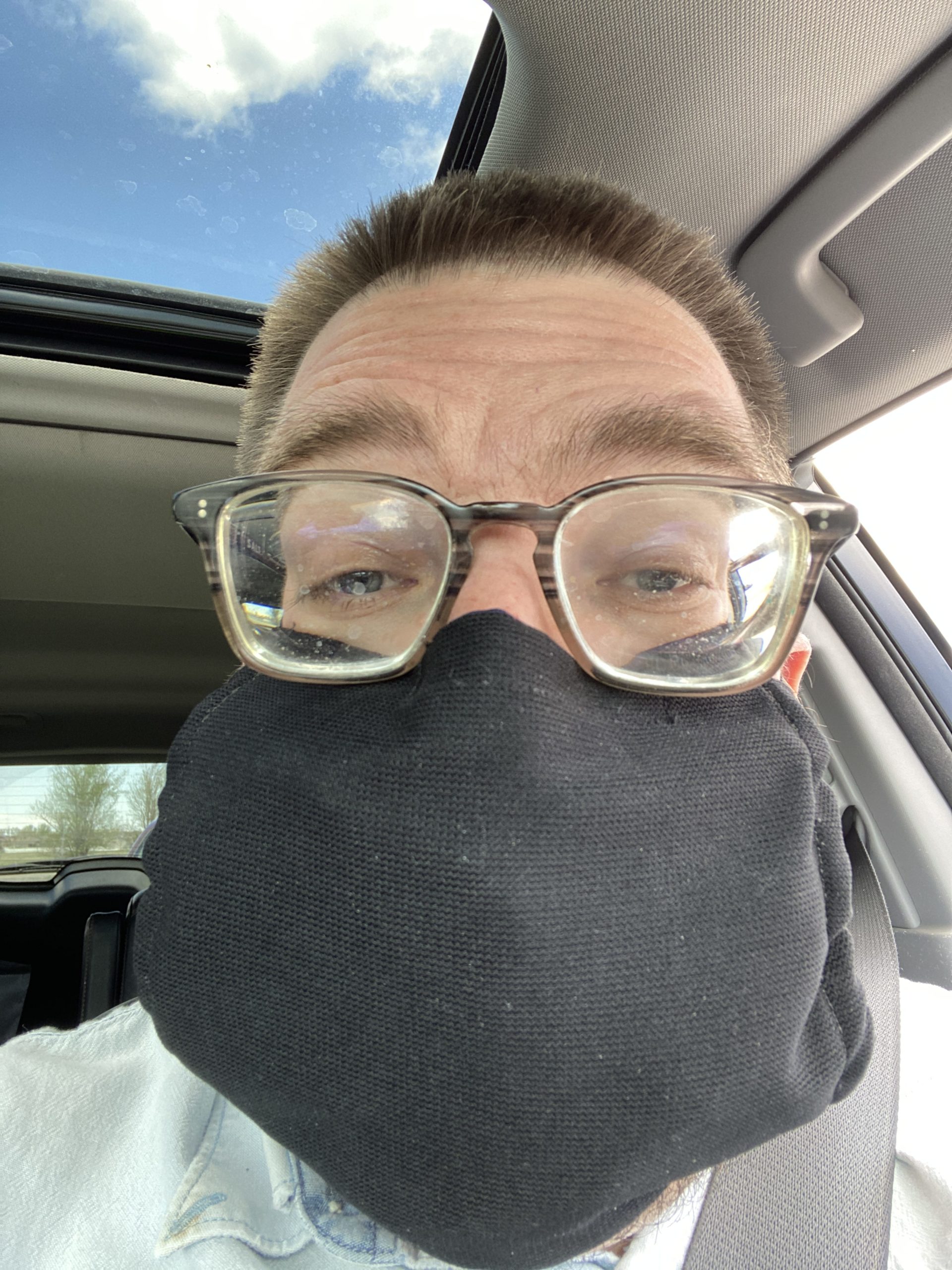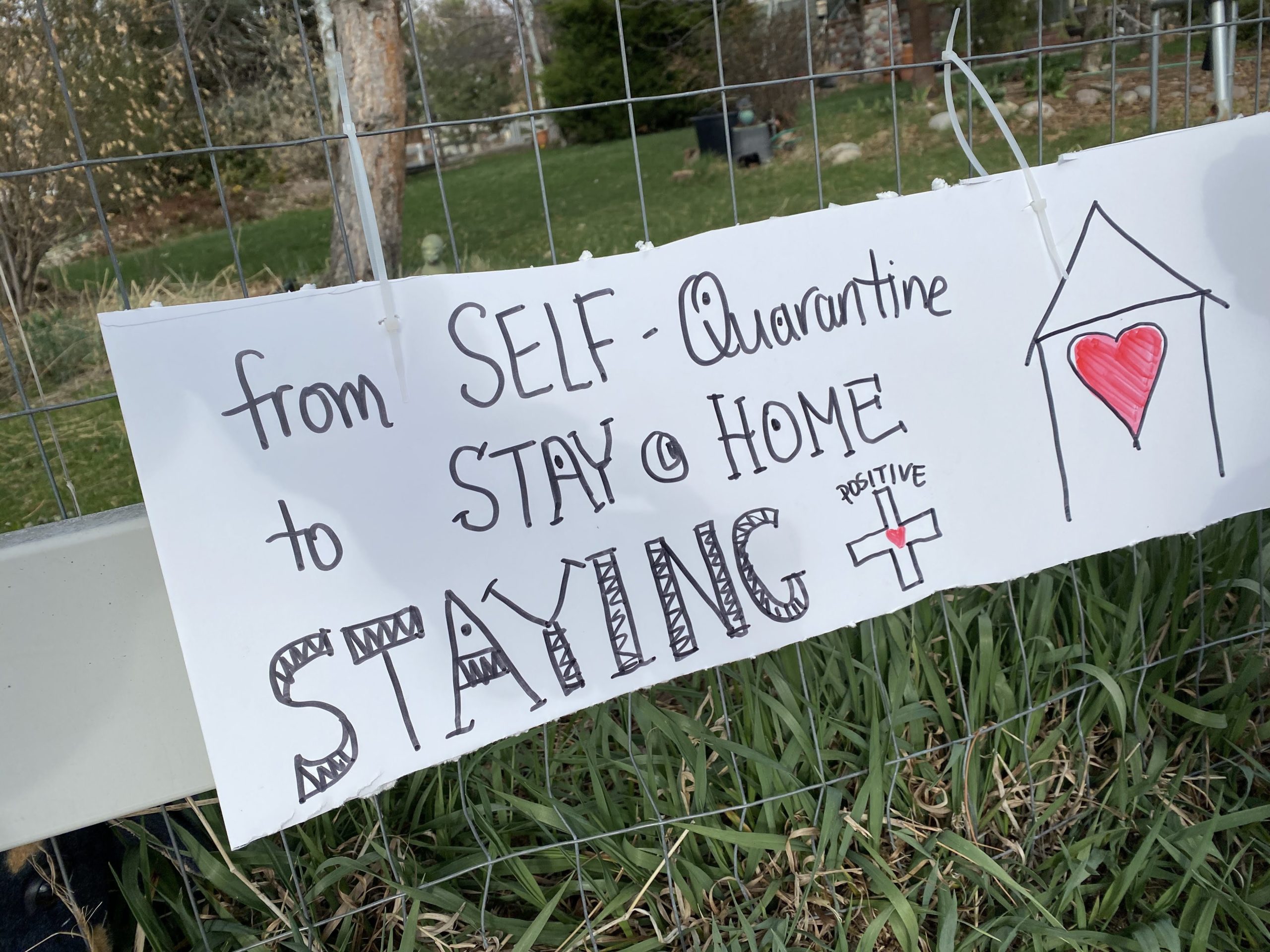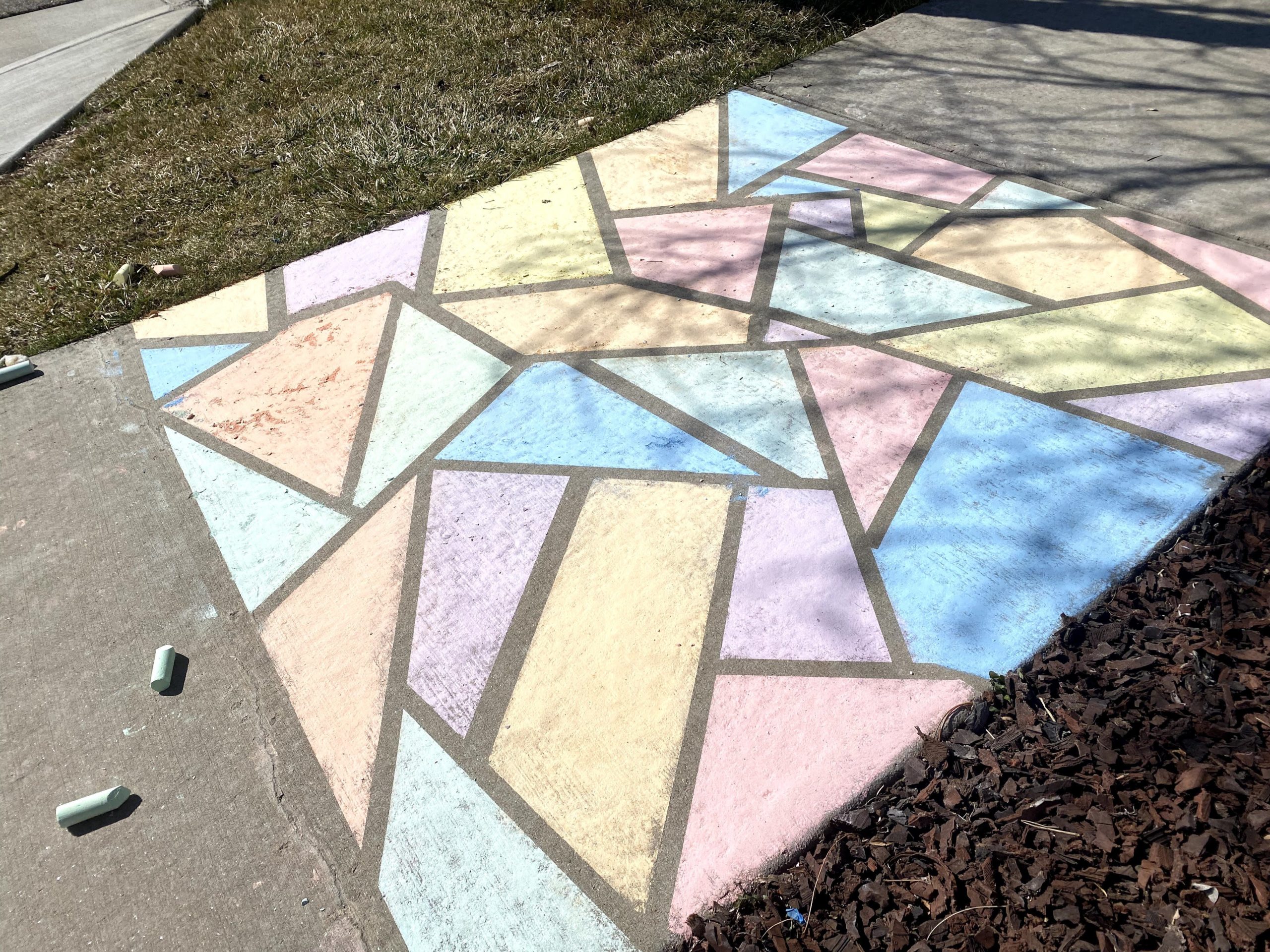When a pandemic hits society and forces everyone to retreat into their homes, video technology has transformed from a novelty to a necessity. For the last two months, people are relying on video conferencing, broadcasting, and live-streaming to replace their face-to-face interaction.
In my 20+ year career working in the technology sector, spending the majority of it working in global remote teams, I’ve spent countless hours in teleconferences (and video conferences) and tried many different technologies and methods to collaborate. Watching those around me try to grapple with the same problems at a larger scale has me offering some suggestions about how to approach video in your daily life.
Your video conference likely unnecessary
There’s a dirty secret about video conferencing, especially for work meetings: 95% of them are unnecessary, usually creating more problems than they solve.
I get that many are trying to fill the void left by abruptly ending face-to-face interaction, and video can help, but only to a very short extent. When sitting around a table in a conference room, you’re not looking at everyone in the face simultaneously, yet that’s the experience that a gallery-view video meeting. This backfires on concentration efforts, where participants become far more concerned with their own appearance, surroundings, and demeanor, rather than focusing on the content of the meeting. This is especially true for larger meetings.
Unless it’s critical that you get non-verbal feedback to your meeting content, keep the camera switched off. While the risk exists that there may be more multi-tasking (which is a fancy term for “not listening”), it’s part of the reality of remote meetings. You’ll also be grateful that meeting attendees can manage their distractions on mute, especially if you have parents with their kids at home. As a presenter, you do get a sense that you’re yelling into an empty cavern without much feedback, but it will feel better over time.
The other important consideration for video is bandwidth usage. With many working from home right now, household bandwidth usage has grown significantly. Your video conference may be clogging the internet pipes in your own house, as well as in your community. Especially if you’re challenged for bandwidth, you may be better off just keeping that camera turned off when you can.
Use a headset if possible
If you’re going to be home for the foreseeable future, invest in a USB headset if you can, or if you’re doing a lot of one-way video lectures, a decent USB mic would do as well.
Having a headset will not only make the audio better on your end (blocking out background noise), but it also improves your listening experience as well. When I was on teleconferences in a crowded office I bought this gaming headset that completely covered my ears, eliminating the background noise.
You might get some comments about looking goofy on video, but your coworkers will secretly thank you for the decent audio, and may even be secretly jealous.
If you’re a musician and looking to do live-streaming, the best thing you could do to stand out has decent audio, especially if you’re going to be playing something louder than an acoustic guitar. If you happen to already have a Shure SM-58 (or another vocal mic), investing in an audio interface would take the inputs from your microphones and port them to your computer, giving a superior audio experience.
Lights and your camera
If you’re lucky enough to have an abundance of sunlight and windows where you work, be mindful of where they’re positioned in relation to you and your camera. Avoid having the windows and sunlight to your back, as the lights are going to wash you out. Ideally, you want the light source to be behind the camera, or lighting you from off to the side so that your face can be the brightest object on the screen. It may be necessary to turn off your background lights as well.
There are the fancy LED rings and studio lights (which are in short supply right now), but the reality is that even a desk lamp placed correctly would be sufficient for most people.
Streaming vs Hosting – it’s not either/or
I’ve seen a lot of people doing live streams on Facebook, from musicians to fitness classes, to public institutions. Facebook does make it easy to Livestream, especially if you’re using a mobile device, and it also rewards you by prominently showcasing your video in everyone’s feed. As nice a job Facebook is about live streaming, it’s awful about rebroadcasting and archiving your video. If you have a fitness class, for example, their interface makes it pretty hard to find the video, burying it deep in your page.
Facebook is also the most draconian about copyright claims. If you are playing music in the background of your video, YouTube will try to identify copyright holders and get them compensated. Worst case, you won’t be able to monetize your own video. With Facebook, however, that same music will get your video taken down, as they aren’t equipped to compensate copyright holders.
The fix is easy: if you Livestream on Facebook, great – but be sure to download the video and upload it to your YouTube channel as well. I would condition people to also go over to YouTube as well. YouTube will reward you (socially and maybe even monetarily) far more than YouTube will, plus you have a place you can refer people to outside of Facebook. If you’re doing something where you’re trying to build an audience, use an email list service like Mailchimp to correspond with them.
Ultimately it’s important to remember that each situation is different and it is easy to go overboard depending on what you’re looking to do. If you’re looking to dip into live streaming or giving long-form video lectures, your level of investment may be more than someone who is just doing a weekly video checkpoint for school. While streaming video is an incredible tool, it’s also most effective when used sparingly.
Do you have any video tips? I’d love to hear them in the comments!




